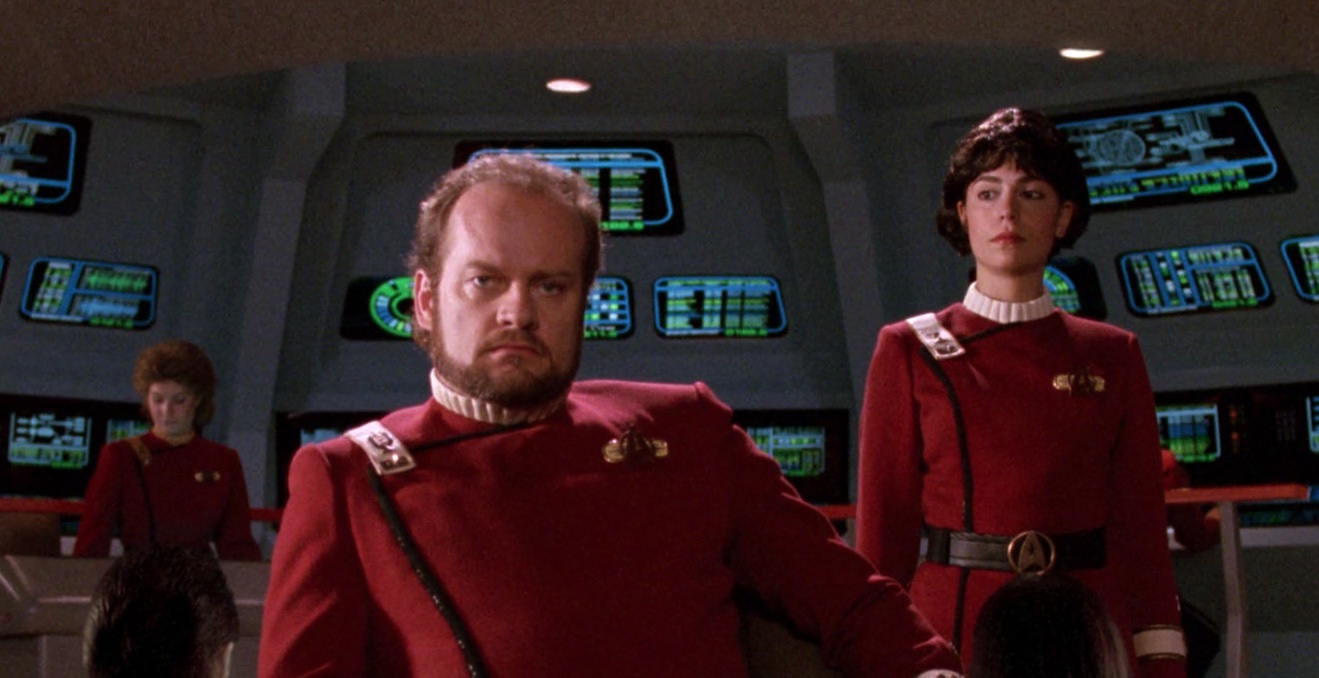Ask any Trekker to name their favorite all-time favorite episodes, and most will mention 1967’s ‘City on the Edge of Forever.’ Written by Harlan Ellison, ‘City on the Edge of Forever’ follows Captain Kirk and Spock as they track a temporarily crazed Dr. McCoy back to New York in 1930, where Kirk falls for social worker Edith Keeler (Joan Collins). That same Trekker may also include the Next Generation episode ‘Cause and Effect,’ in which the Enterprise-D gets caught in a destructive time loop, leaving Dr. Crusher and her lingering déjà vu to figure it all out.
While those two episodes may be high-water marks in the minds of fans, the former almost prevented the latter. “We weren’t really committed to doing time travel at the time,” said ‘Cause and Effect’ writer Brannon Braga. In a retrospective with The Hollywood Reporter, written for the episode’s 30th anniversary, Braga points to Star Trek creator Gene Roddenberry as the source of the restriction. “Gene Roddenberry, who was still alive, wasn’t a big fan of time travel, because I think he felt it was a bit of a science fiction cliché,” Braga told the outlet. “And he’d done it with ‘City on the Edge of Forever.’”
According to Braga, the workaround came by avoiding all forms of time travel, even the natural flow. Instead, Braga’s script forced the crew to relive the same last few moments before the Enterprise exploded. As ingenious as the solution may have been to Braga, others were not so convinced. “I thought Brannon was fucking with me,” admitted Jonathan Frakes, who directed the episode. “At first, I didn’t really get that what Brannon was trying to do was a different kind of Rashomon story.” Frakes wasn’t the only person to struggle with the concept, as viewers at the time called their local television stations to complain, thinking that the broadcast had accidentally restarted.
Despite that initial confusion, ‘Cause and Effect’ became not only a successful episode of television but a highly influential episode as well. It first aired on March 23, 1992, almost a full year before the comedy Groundhog Day would popularize the concept. More importantly, it gave the franchise a new trope, one that would be repeated a few more times in the franchise.
‘Coda’ from the third season of Voyager features Captain Janeway trapped in a loop while encountering an alien masquerading as the ghost of her father. Much later, Discovery’s seventh episode ‘Magic to Make the Sanest Man Go Mad’ traps the Discovery crew in a loop, courtesy of the conniving Harcourt Fenton Mudd (Raine Wilson). And, unsurprisingly, Lower Decks spoofed the trope in season two’s ‘I, Excretus,’ as one of many classic Trek plots receiving homage.
Are all of these episodes as good as ‘City on the Edge of Forever?’ Certainly not. But ‘Cause and Effect’ proves that it sometimes it pays to bend a rule. That’s a concept James T. Kirk would approve of, even if his creator would not.
